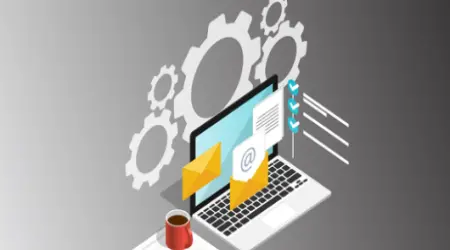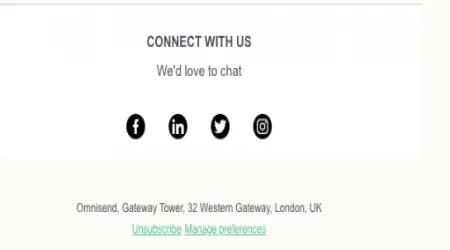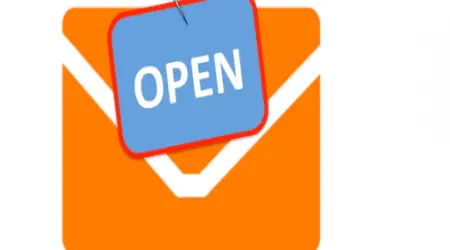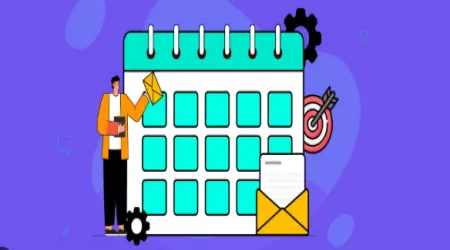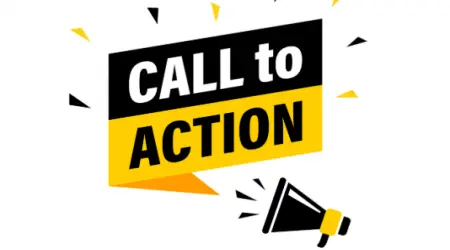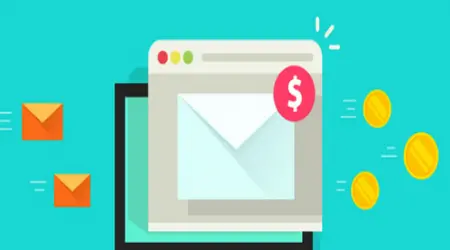

What to Send Your Email List (When You’re Not Selling)
What to Send Your Email List (When You’re Not Selling)
You’ve built your email list. Your subscribers are real people who opted in. Now the big question hits:
What do I send them when I’m not launching a product, running a sale, or promoting a service?
Too many marketers go silent between promotions—only to pop into inboxes when they want something. That’s a fast track to unsubscribes and lost trust.
But here’s the secret: Not every email has to sell.
In fact, your non-sales emails are often what keep people engaged, connected, and ready to buy later.
This guide gives you powerful ideas for what to send when you’re not actively selling—while building brand affinity, credibility, and long-term loyalty.
1. Teach Something Valuable
You don’t need a sale to provide value. Educational emails keep your brand useful.
Examples:
Step-by-step tutorials
How-to guides
Common mistakes to avoid
Behind-the-scenes process breakdowns
"Did you know?" quick tips
Format ideas:
Plain text tips
Mini-infographics
Short videos or screen recordings
“One idea per week” newsletter style
Value builds trust—and trust leads to conversions when the time comes.
2. Share a Personal Story
People connect with people—not logos.
Use storytelling to:
Share a personal lesson you’ve learned
Talk about a mistake and what it taught you
Highlight a customer transformation story
Relate a real-world event to your core values
Make your emails feel human. Add emotion, vulnerability, humor, or insight.
Example subject lines:
“The email I almost didn’t send”
“Why I changed my pricing (and what happened)”
“This mistake cost me more than money”
3. Feature Subscriber Wins or Testimonials
Showcasing your community is a powerful way to build momentum.
Ideas:
Highlight a subscriber success story
Share how someone used your product/service to get results
Interview a customer
Run a “subscriber spotlight” series
Benefits:
Builds social proof
Makes subscribers feel seen and valued
Encourages engagement and loyalty
Bonus: Ask readers to reply with their own stories for future features.
4. Curate Useful Resources
You don’t always have to create content—curate it.
Send:
A roundup of articles, videos, or podcasts
A list of tools you use
Recommended books or apps
News or trends (filtered through your expertise)
Example email:
“📚 5 Tools I Can’t Live Without This Month”
Position yourself as a trusted filter of quality content.
5. Ask a Question or Start a Conversation
Email doesn’t have to be one-way. Start a dialogue.
Questions to ask:
What’s your biggest challenge right now?
What would you like to learn next?
What tools or apps do you use daily?
Would you be interested in [X] if I created it?
These emails:
Boost replies (which helps inbox placement)
Give you insight for future offers
Make your list feel like a community
Keep the email short. Just ask, and invite them to reply.
6. Share Behind-the-Scenes or “Day in the Life”
People are curious.
Ideas:
Show your setup or workspace
Walk through how you plan your week
Share what’s going well (or not) in your business
Let readers peek at an upcoming project or decision
Subject line ideas:
“How I wrote 4 emails in 90 minutes”
“Here’s what I’m testing this week”
“I’m rethinking my offer—can you help?”
Transparency builds connection. Bonus: it keeps your brand relatable.
7. Offer Free Tools, Templates, or Downloads
Give more than you take.
Create small, actionable freebies:
Checklists
Swipe files
Templates
Printables
Spreadsheets
Mini-guides
Even if you’re not selling, this keeps your audience engaged and grateful. Plus, it conditions them to open your emails expecting value.
8. Share Client FAQs or “Myth-Busting” Tips
Tackle objections before you launch anything.
Ideas:
“5 Misconceptions About [Your Industry]”
“You don’t need X to get started—here’s why”
“The truth about [controversial topic]”
“3 Questions I get every week—and my answers”
Educate without pitching. It builds authority and addresses objections before they arise in future campaigns.
9. Celebrate Milestones and Invite Participation
Your business is a journey. Bring your audience with you.
Ideas:
Share anniversaries (e.g., “1 year since launch”)
Celebrate subscriber milestones (e.g., “We hit 10,000 readers!”)
Reflect on lessons from the past quarter
Invite feedback, testimonials, or stories
Example CTA:
“Hit reply and tell me—what’s been your favorite email so far?”
Celebrating small wins makes your audience feel part of something.
10. Repurpose and Reshare Evergreen Content
You’ve already created great content—don’t let it gather dust.
Ways to repurpose:
Turn blog posts into email lessons
Extract bite-sized takeaways from videos or webinars
Revive older content with a fresh headline
Repackage a long post into a multi-part email series
You don’t need to reinvent the wheel. Just make sure you’re always showing up.
11. Recommend Products or Partners (With Care)
Even if you’re not promoting your own offer, you can still deliver value by recommending:
Affiliate products
Partner programs
Favorite tools or resources
Book recommendations
Only recommend what you genuinely believe in. Be transparent if you earn commissions.
The key? Always ask:
“Does this help my subscriber solve a problem or reach a goal?”
12. Encourage a Micro-Action
Sometimes, a small ask keeps your audience involved.
Examples:
“Reply with your favorite productivity tool”
“Click if this sounds like you”
“Vote in this 2-second poll”
“Follow me on [platform] if you haven’t yet”
Small actions train subscribers to engage—so when you do sell later, they’re ready to click.
Final Thoughts: Give First, Sell Later
The best email marketers don’t treat their list like an ATM.
They treat it like a garden—something to nurture, feed, and grow over time.
When you consistently deliver value—even when you’re not selling—you:
Stay top-of-mind
Build trust and goodwill
Prime your audience to say “yes” when it’s time
So the next time you ask,
“What should I send today?”
Remember: you don’t need an offer—just a reason to connect.
